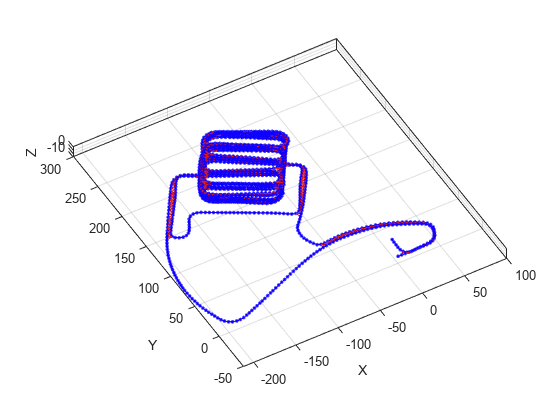show
Plot pose graph
Description
show(
specifies options using poseGraph,Name,Value)Name,Value pair arguments. For example,
'IDs','on' plots all node and edge IDs of the pose
graph.
axes = show(___)
Examples
Input Arguments
Name-Value Arguments
Output Arguments
Version History
Introduced in R2019b



